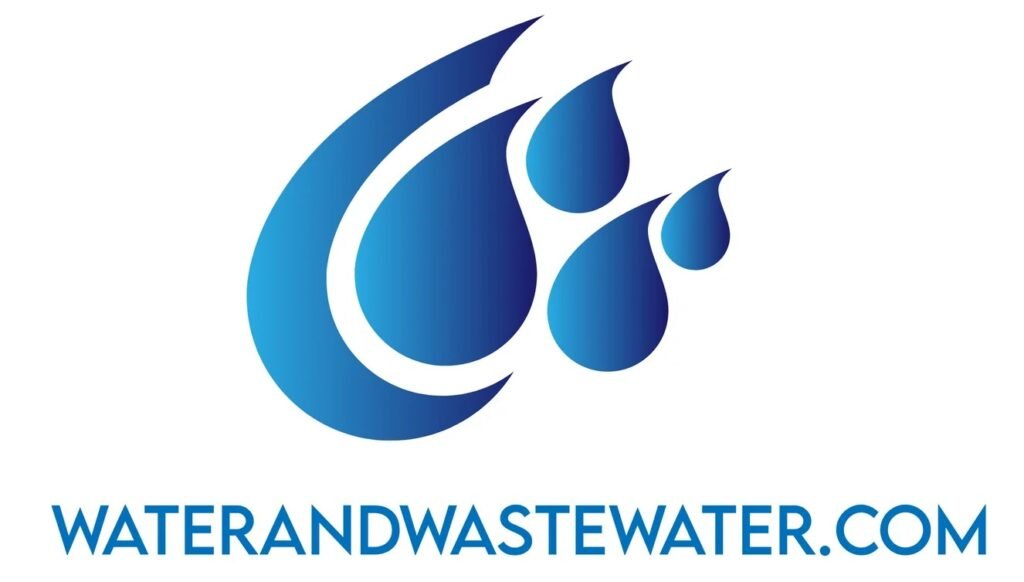
Tag: Resource Recovery
Title: The Mason Farm Wastewater Treatment Plant: A Model of Sustainable Water Management Abstract The Mason Farm Wastewater Treatment Plant, located in Chapel Hill, North Carolina, is more than just a facility for treating sewage; it exemplifies advanced wastewater management, sustainability practices, and community commitment to environmental stewardship. From its innovative engineering design […]
Hyperion Water Reclamation Plant: A Beacon of Environmental Stewardship Introduction In an age where global populations are burgeoning and natural resources are increasingly stressed, the effective management of water resources stands as a paramount concern. Situated in Los Angeles, the Hyperion Water Reclamation Plant (HWRP), historically known as Hyperion Wastewater Treatment Plant, represents […]
How to Calculate Sludge Production in Wastewater Treatment Wastewater treatment is essential for public health, environmental protection, and resource management. One of the critical elements in wastewater treatment is managing and calculating sludge production. Understanding sludge production allows for efficient process control, cost management, and proper disposal or resource recovery. This article delves deep […]
How Much Does a Wastewater Treatment Plant Cost? The topic of wastewater treatment is one that concerns municipalities, industries, and environmentalists alike. Efficient and effective management of wastewater is crucial for public health, environmental protection, and sustainable economic development. Among the myriad considerations that cities and businesses must address is the financial aspect. Specifically, […]
How Are Liquid Wastes Handled in a Water Treatment Facility? Water treatment facilities play a pivotal role in ensuring that the water released into our environment is safe, clean, and non-toxic. Handling liquid wastes is a critical component of this process. The complexities involved in treating wastewater—ranging from domestic sewage to industrial effluents—necessitate a multi-stage […]
The Indispensable Role of Secondary Clarifiers in Wastewater Treatment Wastewater treatment is an essential process for managing and recycling water to make it safe for discharge into the environment or for reuse. A pivotal component of this multi-stage treatment process is the secondary clarifier. Though often overshadowed by other components like primary treatment and […]
Filtration in Wastewater Treatment: A Comprehensive Exploration Introduction Ensuring the availability of clean water is one of the most pressing environmental and public health challenges of our times. As global populations soar, so does the volume of wastewater generated by human activities. Wastewater treatment is, therefore, an essential process to mitigate the negative […]
Domestic Waste Water Treatment: Safeguarding Public Health and the Environment Introduction Clean water is fundamental to human existence, yet our daily activities produce enormous quantities of domestic wastewater that must be treated to prevent environmental contamination and public health issues. Domestic wastewater, often referred to as sewage, originates from residential activities including bathing, […]
Do Wastewater Treatment Plants Smell? Unveiling the Odors and Advances in Wastewater Treatment Introduction Wastewater treatment plants (WWTPs) are essential infrastructures in urban and rural landscapes, ensuring that water contaminated with domestic, industrial, and agricultural wastes is purified before being redistributed back into the environment. A common question that arises when discussing […]
The Riverside Regional Water Quality Control Plant: A Pillar of Environmental Management The Riverside Regional Water Quality Control Plant (RRWQCP), nestled in the heart of Riverside, California, serves a critical function in maintaining the region’s environmental health and sustainability. This facility, often overshadowed by more public-facing municipal services, operates as a backbone of local […]